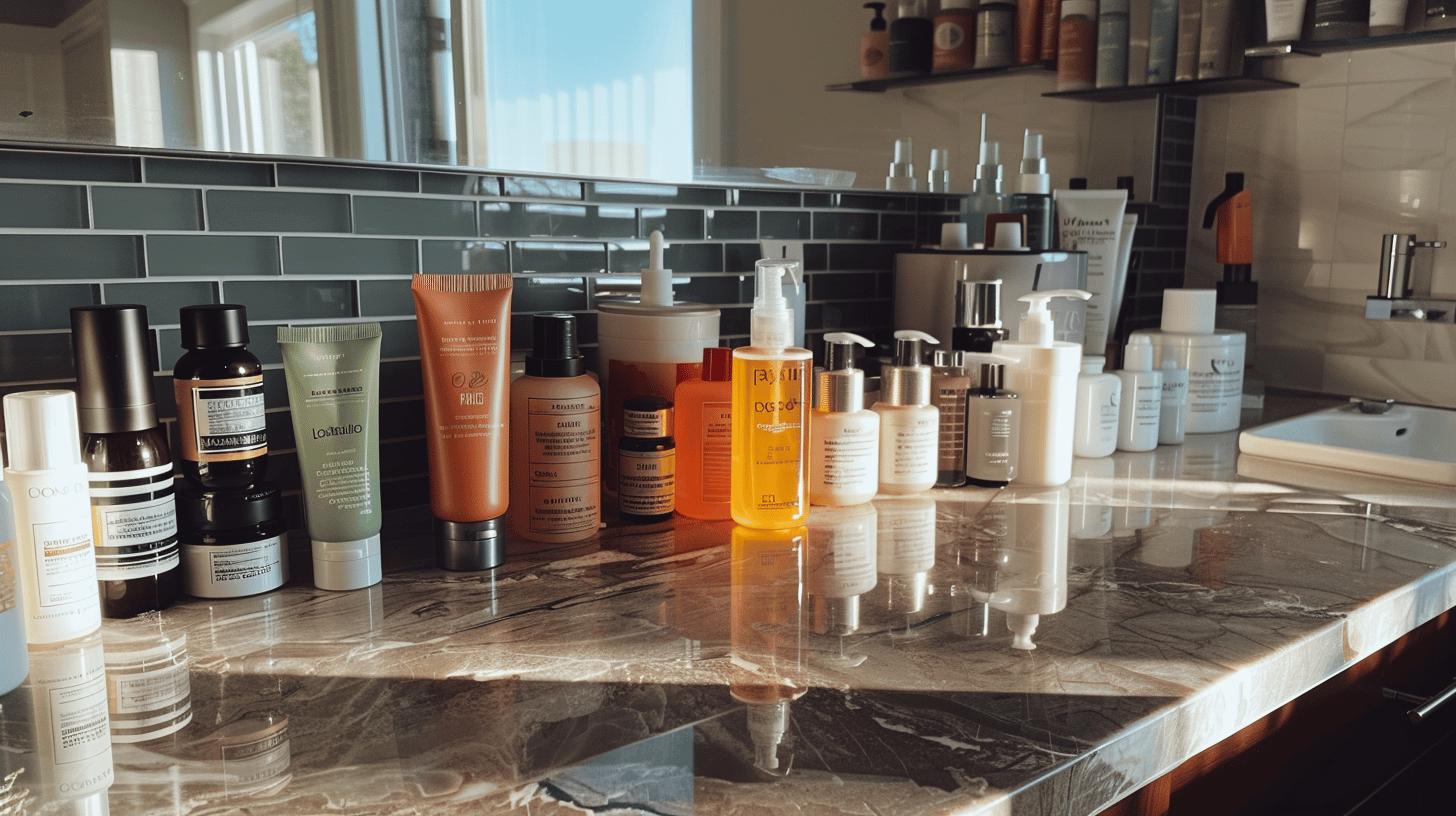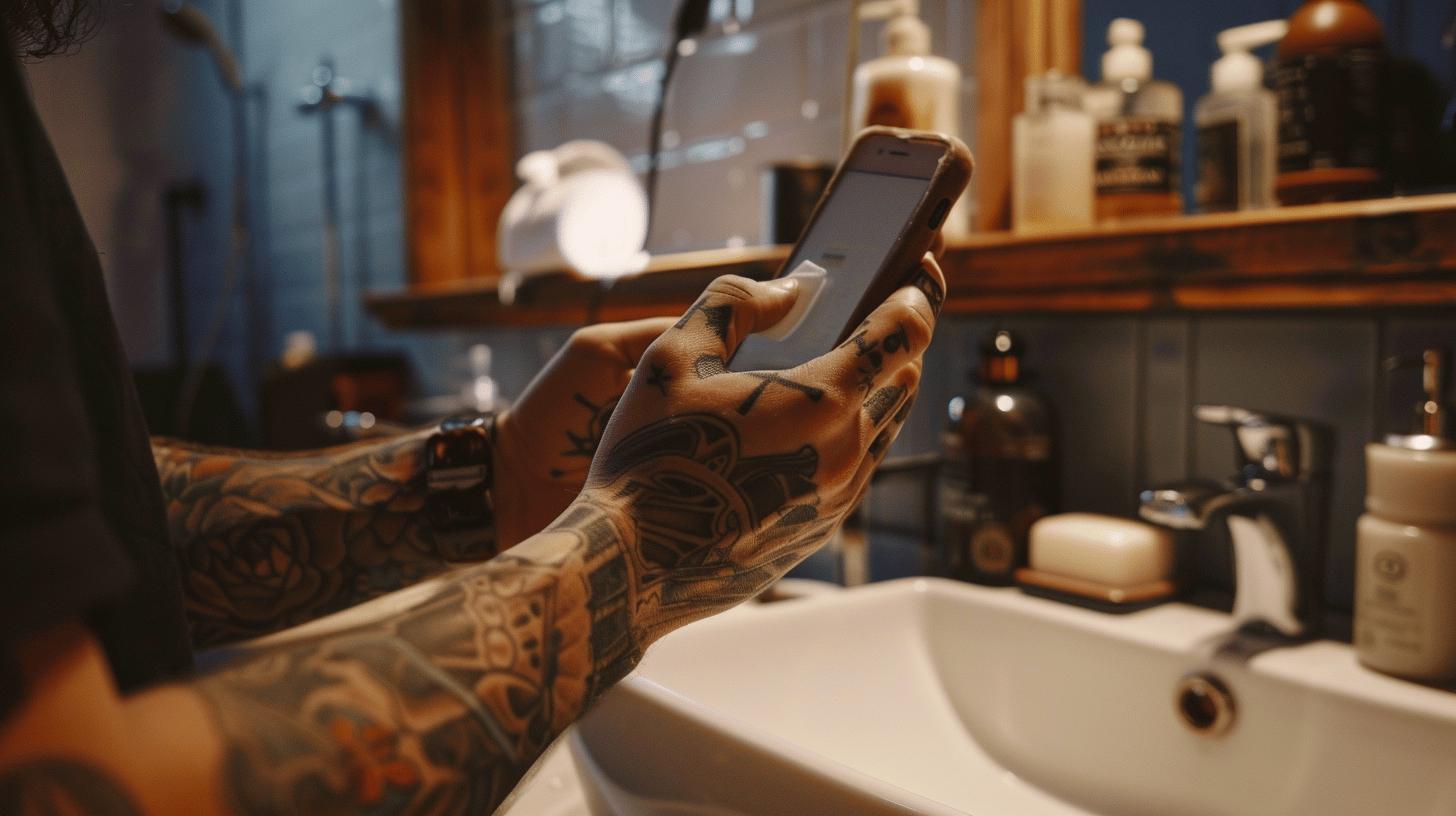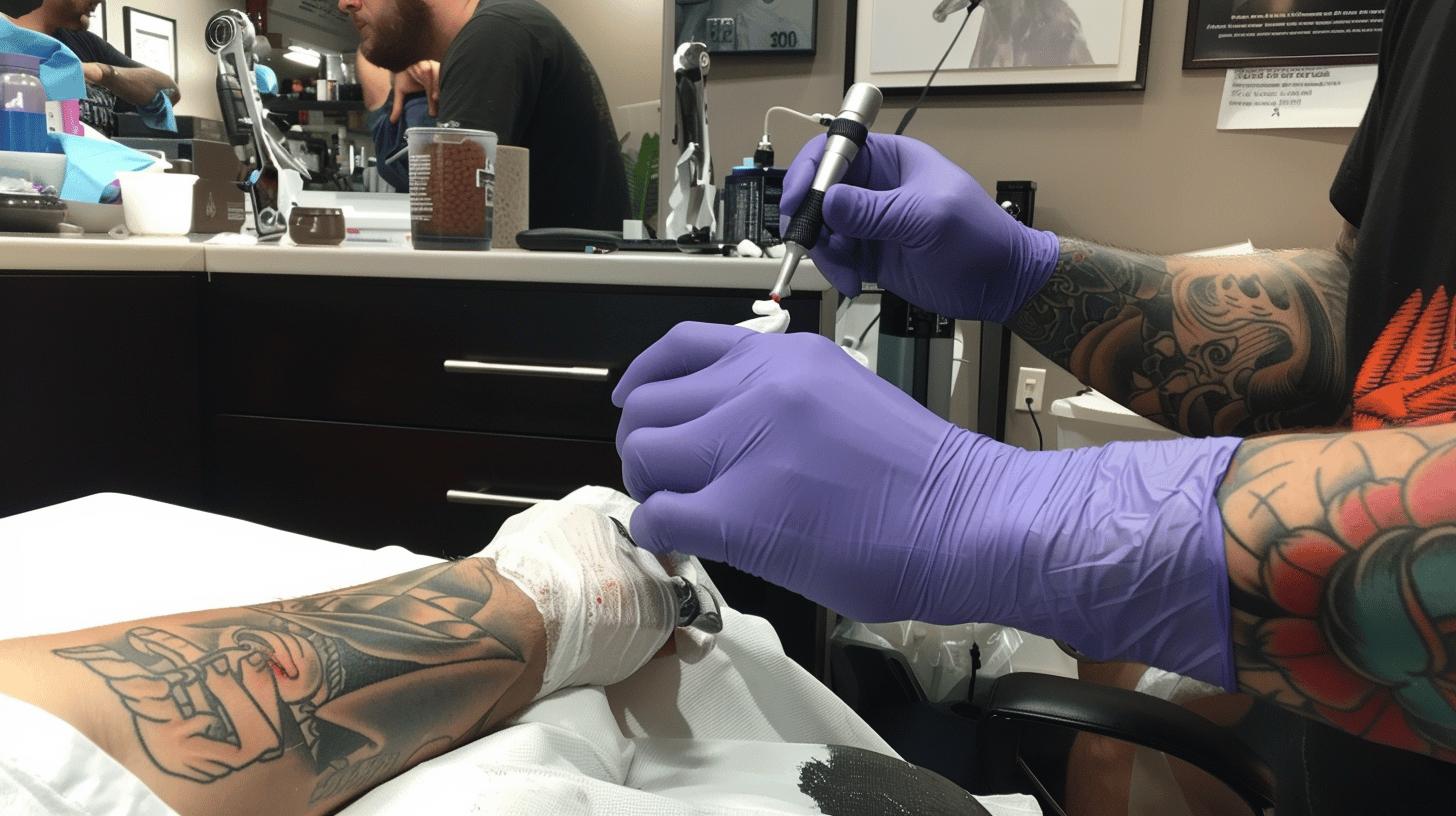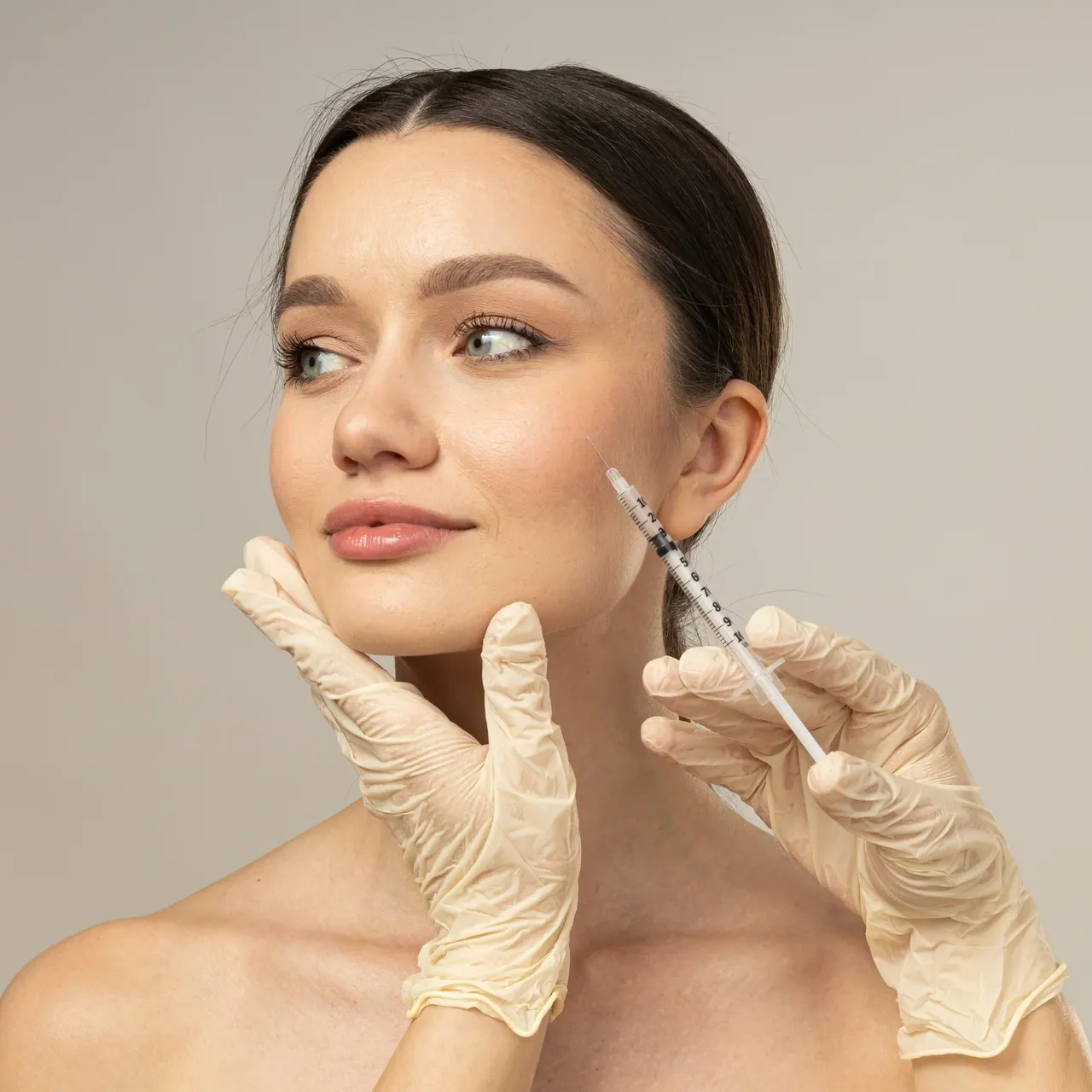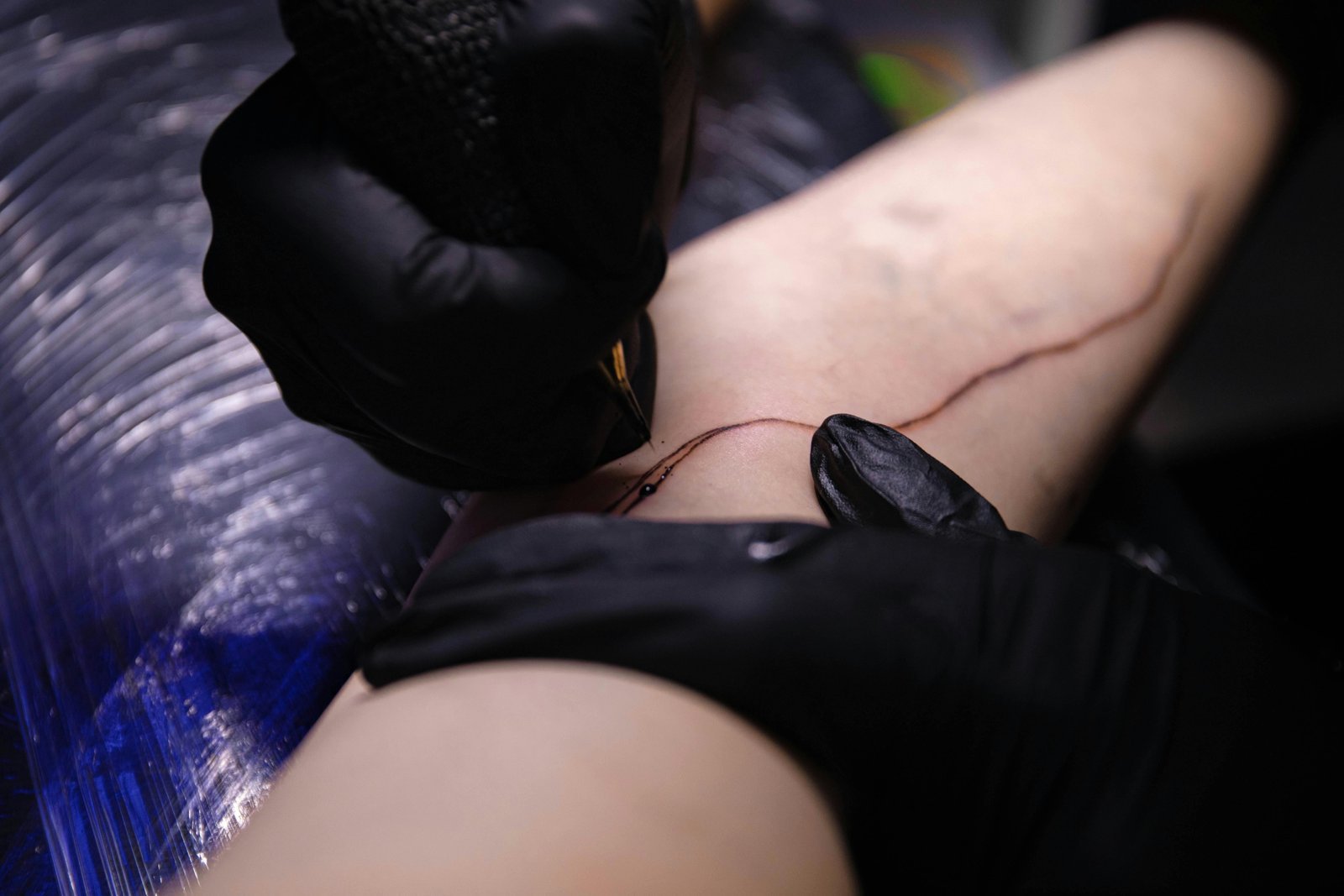How to Treat Allergic Reactions to Lidocaine and Topical Anesthetic Creams Safely
Itching, tingling, redness—then suddenly your skin’s on fire after using a lidocaine skin cream. Is it just sensitivity, or the start of a full-blown allergic reaction to numbing agents? While products like lidocaine are commonly used as an anaesthetic during tattoos or cosmetic procedures, they’re not without risks. Recognising the early symptoms of numbing cream allergy is the first step to preventing more serious complications. This guide shares 7 ways how to treat allergic reaction to numbing cream effectively, using advice grounded in NHS medicines information and practical, over-the-counter solutions you can use safely at home.
Identifying a Lidocaine or Benzocaine Allergy from Numbing Cream Use

Not every skin reaction after applying a topical anesthetic is an allergic reaction. Mild redness or a slight tingling where lidocaine skin cream was applied can be a normal skin response, especially in sensitive areas. These reactions are usually short-lived and don’t worsen over time. An allergy to local anaesthetic ingredients like lidocaine or benzocaine, on the other hand, can cause more persistent or spreading symptoms such as a rash, swelling, or itching after numbing cream. This may indicate a hypersensitivity reaction or contact allergy to one of the ingredients, including preservatives.
Some signs of an allergic reaction to lidocaine can appear straight after topical use, while others—like allergic contact dermatitis—can take hours or even a day to show. Immediate responses may include burning, stinging, or hives, often at the site of application. Delayed responses tend to resemble dermatitis, with the skin becoming dry, red, and flaky. In rare cases, systemic symptoms such as facial swelling, dizziness, or difficulty breathing may indicate anaphylaxis, a severe and potentially life-threatening reaction to numbing agents that requires immediate medical attention.
Common symptoms of numbing cream allergy:
- Burning or stinging
- Redness
- Swelling
- Rash or hives
- Tingling or numbness beyond expected area
- Facial puffiness
- Difficulty breathing
- Dizziness or fainting
How to Treat Allergic Reaction to Numbing Cream at Home

- Stop using the cream immediately and gently cleanse the affected area
What should I do first if I have an allergic reaction to numbing cream?
Answer: Stop using the cream straight away and wash the area with mild soap and lukewarm water.
This helps remove any residual lidocaine topical or benzocaine from the surface of the skin, which may be triggering a hypersensitivity reaction. Avoid scrubbing or using hot water, as this can worsen inflamed skin or dermatitis. Pat the area dry with a clean towel.
2. Apply a cold compress to reduce swelling and calm the skin
Does a cold compress help with rash or itching from numbing cream?
Answer: Yes, a cold compress can reduce swelling and soothe itching or pruritus.
Cold compresses are an effective method of topical allergy relief. Wrap ice or a cold gel pack in a clean cloth and apply it to the affected area for 10–15 minutes at a time. This helps ease discomfort caused by contact allergy or allergic contact dermatitis.
3. Use antihistamines or mild steroid creams to relieve inflammation and itching
What over-the-counter treatments are safe for numbing cream allergies?
Answer: OTC antihistamines like loratadine or diphenhydramine, and 1% hydrocortisone cream, are commonly used to treat mild allergic reactions.
These over-the-counter creams for allergic skin help reduce inflammation and block the histamine response that causes rash, hives, or itching. For those preferring a natural option, aloe vera gel can soothe inflamed skin without affecting the skin barrier.
| Remedy | Use Case | Notes |
|---|---|---|
| Diphenhydramine | Oral antihistamine for itching or swelling | May cause drowsiness; avoid alcohol |
| Loratadine | Non-drowsy option for allergy symptoms | Preferred for daytime use |
| Hydrocortisone 1% | Topical steroid for skin inflammation | Apply sparingly to affected area twice daily |
| Aloe Vera | Natural soothing agent for irritated skin | Use pure gel without added fragrances |
When to Seek Medical Attention for a Serious Allergic Reaction

A serious allergic reaction to a topical anaesthetic like lidocaine or benzocaine can turn dangerous quickly. If the symptoms move beyond local rash, itching, or swelling, it could be a sign of a systemic hypersensitivity reaction. One of the most severe responses is anaphylaxis—a medical emergency that can affect breathing, circulation, and consciousness. This is a rare but life-threatening side effect of lidocaine and other local anaesthetics.
When should I go to A&E or call for urgent help?
Answer: If you experience difficulty breathing, swelling of the face or throat, chest tightness, or loss of consciousness, seek emergency care immediately.
These signs of a serious allergic reaction suggest your immune system is reacting strongly—possibly to lidocaine topical, preservatives, or other ingredients in the cream. Facial swelling from numbing cream, especially around the eyes, lips, or tongue, can quickly block airways. Do not wait for the reaction to pass on its own. If you’re unsure whether your symptoms are serious, it’s always safer to get medical help.
In some cases, persistent local symptoms like worsening contact dermatitis, expanding rash, or ongoing pruritus might not be life-threatening but still need checking. If symptoms haven’t improved within a day or two with over-the-counter treatment, see a GP for medical advice. Doctor advice on lidocaine reaction can help rule out cross-reactivity or other forms of hypersensitivity to local anaesthetics.
Emergency symptoms that need medical attention:
- Difficulty breathing
- Swelling of lips, tongue, or throat
- Rapid heartbeat
- Chest tightness
- Widespread hives or rash
- Loss of consciousness
What Causes Allergic Reactions to Lidocaine and Other Topical Anaesthetics?

A true allergic reaction to numbing agents like lidocaine or benzocaine occurs when the immune system mistakes part of the topical anaesthetic—or one of its additives—as a harmful substance. This triggers an immune response, releasing histamines and other chemicals that cause rash, itching, or hives. In more serious cases, the reaction may escalate into anaphylaxis, though this is rare with topical use.
What is the difference between irritant contact dermatitis and allergic contact dermatitis?
Answer: Irritant contact dermatitis is a non-immune response caused by damage to the skin’s outer layer, while allergic contact dermatitis is an immune-mediated reaction to an allergen.
With irritant contact dermatitis, symptoms like dryness, redness, or inflamed skin usually appear shortly after applying the cream and stay limited to the area of contact. This is common with strong formulations or broken skin. Allergic contact dermatitis, on the other hand, can develop hours or even days later and may spread beyond the original site. It’s caused by a hypersensitivity reaction to a specific ingredient rather than the anesthetic itself.
In many cases, the reaction may not be to the lidocaine topical or benzocaine directly, but to preservatives or fragrances mixed into the cream. Ingredients like parabens, used to extend shelf life, or synthetic scents added for cosmetic appeal, are known common numbing cream irritants. These compounds are capable of triggering a contact allergy, especially in people with sensitive skin or a history of hypersensitivity to lidocaine or similar local anaesthetic products.
Common allergy triggers in numbing creams:
- Lidocaine
- Benzocaine
- Fragrances
- Preservatives like parabens
Understanding whether your skin reaction is caused by the active anaesthetic or an added excipient can help you choose safer alternatives and avoid repeat exposure. Your healthcare provider or dermatologist may recommend a patch test to identify which specific ingredient caused the allergic reaction.
Safer Alternatives and Allergy Testing for Users Sensitive to Numbing Creams

If you’ve had an allergic reaction to a topical anesthetic like lidocaine or benzocaine, identifying the exact cause is essential before trying another product. One of the most reliable methods for confirming a contact allergy is a patch test.
What is a patch test and when should it be used?
Answer: A patch test involves applying a small amount of the suspected cream to your inner arm and monitoring for signs of an allergic reaction over 24 hours.
This test helps detect delayed hypersensitivity reactions such as allergic contact dermatitis, which may not show up immediately. If you’re unsure which ingredient caused the rash, your healthcare provider or dermatologist can perform formal patch testing to isolate the allergen—whether it’s the lidocaine topical itself or another component like a preservative or fragrance.
What are safer options if you’re allergic to lidocaine or similar agents?
Answer: Safe alternatives include non-drug cooling methods or lidocaine-free alternatives that avoid ingredients known to cause hypersensitivity to local anaesthetics.
Products marketed as numbing cream without allergic side effects may use different types of local anesthetic, such as those with an ester base rather than an amide base like lidocaine. These can sometimes be tolerated better, especially under medical advice. Non-chemical options—like cold air devices or ice packs—can offer temporary relief without triggering a reaction. It’s best to speak to your healthcare provider before switching to any new topical product.
Safe alternatives to lidocaine for allergy-prone users:
- Ice packs
- Natural cooling gels (e.g., aloe-based)
- Lidocaine-free anaesthetic creams
- Cold air skin chillers
- Doctor-supervised local anaesthetic alternatives
Always consult a doctor before using any topical anesthetic if you’ve experienced serious allergic reactions before.
Managing Long-Term Skin Effects After an Allergic Reaction to Numbing Cream

What happens after an allergic reaction to a topical anesthetic clears up?
Answer: The skin may remain red, flaky, or irritated for several days as it heals.
Once the most acute signs of an allergic reaction—like swelling, rash, or itching—have faded, the skin often enters a recovery phase. This can include lingering dermatitis, sensitivity, or dryness. These are common effects of lidocaine or benzocaine when the body has mounted a hypersensitivity reaction. If the skin barrier has been compromised, it may be more prone to irritation from everyday products. This is why caring for inflamed skin after the initial reaction is just as important as treating the allergy itself.
What’s the best way to support the healing process after skin reaction to a lidocaine topical?
Answer: Use gentle, fragrance-free products and avoid any harsh skincare that could delay healing.
Products designed for sensitive or post-irritated skin—like those containing ceramides or colloidal oatmeal—are ideal. These ingredients help repair the skin barrier and reduce inflammation without aggravating allergic contact dermatitis. Avoid scented lotions, alcohol-based toners, or exfoliating acids during this stage. If your skin is exposed to sunlight, apply SPF daily, as inflamed skin is more vulnerable to sun damage. These skin recovery tips are especially important for anyone who is allergic to lidocaine or has had side effects of lidocaine in the past.
Long-term care tips after an allergic skin reaction:
- Avoid exfoliants and acids
- Use fragrance-free moisturisers
- Apply colloidal oatmeal products
- Use ceramide-rich creams
- Wear SPF to protect healing skin
- Avoid hot water during showers
Following these practices can help soothe the area, reduce the risk of further contact allergy, and support full recovery after a reaction to a topical anaesthetic.
How to Prevent Repeat Reactions to Topical Anaesthetics

Preventing a second allergic reaction to a topical anesthetic starts with knowing exactly what triggered the first one. Reading ingredient labels is one of the most effective ways to avoid recurring reactions, especially if you’ve had contact dermatitis or allergic contact dermatitis before. Products like lidocaine skin cream, emla, or benzocaine gels often contain preservatives or fragrance additives, which can cause hypersensitivity reactions in some people.
A patch test on a small area—ideally done 24 hours before using numbing creams safely—can help identify if a contact allergy is likely. If you’ve already reacted to a local anaesthetic or lidocaine topical, keeping a record of which ingredient caused the rash, itching, or hive can help. This log is useful when discussing your options with a healthcare provider or pharmacist to avoid cross-reactivity and possible side effects in the future.
Numbing cream safety tips to prevent future allergic reactions:
- Read full ingredient lists before purchase
- Avoid products with preservatives like parabens
- Use minimal products during cosmetic procedures
- Test new creams at least 24 hours before full use
- Consult a GP or dermatologist if unsure
These steps can reduce the risk of another hypersensitivity to local anaesthetics and help you make safer choices when choosing products used to relieve pain or numb the skin. Always call your doctor for medical advice if you’re unsure which ingredients may trigger side effects of lidocaine or benzocaine.
Final Words
Recognising the signs of a serious allergic reaction to numbing creams like lidocaine or benzocaine is crucial. While mild symptoms such as redness or itching can be managed at home with otc antihistamines or cold compresses, systemic effects of lidocaine — like swelling, difficulty breathing, or fainting — require immediate medical attention.
Understanding the proper use of lidocaine topical products helps prevent side effects of lidocaine and ensures safer outcomes. If you’re unsure whether you’re reacting to an ingredient, skin patch testing can be a helpful step before you use lidocaine again.
Knowing how to treat allergic reaction to numbing cream means you’re more prepared, more confident, and far less likely to be caught off-guard next time.
FAQ
What are the signs of an allergic reaction to lidocaine skin cream?
A: Signs of an allergic reaction to lidocaine skin cream can include redness, itching, swelling, rash, burning, hives, or tingling. Severe reactions may involve facial puffiness, dizziness, or difficulty breathing and require immediate medical attention.
How do you treat an allergic reaction from a topical anaesthetic?
A: For mild allergic reactions to topical anaesthetic, stop using the product, rinse with lukewarm water, apply a cold compress, then use over-the-counter antihistamines or hydrocortisone cream. Persistent or worsening reactions require a healthcare provider.
Can lidocaine skin cream cause side effects even without an allergy?
A: Yes, common side effects of lidocaine skin cream include temporary numbness, mild irritation, redness, or tingling. These local anaesthetic effects usually fade but should be monitored to ensure it’s not developing into an allergic contact dermatitis.
What does a rash from lidocaine allergy look like?
A: A rash caused by lidocaine allergy typically appears as red, inflamed patches, hives, or blistering at the site of application. It may be itchy, painful, or accompanied by swelling and should be evaluated by a doctor for medical advice.
How long does an allergic reaction to lidocaine typically last?
A: Mild allergic reactions to lidocaine can last a few hours to 2–3 days, but severe symptoms like contact allergy or allergic contact dermatitis can persist for over a week and may require treatment by a healthcare provider.
What causes hypersensitivity to local anaesthetics like lidocaine or benzocaine?
A: Hypersensitivity often results from the anaesthetic itself, like lidocaine or benzocaine, or added preservatives. These substances trigger the immune system, causing symptoms like pruritus, rash, or more serious allergic reactions requiring medical attention.
How rare is it to have a serious allergic reaction to lidocaine?
A: Serious allergic reactions to lidocaine are rare, but they can include life-threatening symptoms like anaphylaxis. Always tell your doctor if you’re allergic to local anaesthetic or have had previous reactions to lidocaine topical products.
What are the symptoms of lidocaine toxicity or overdose?
A: Symptoms of a lidocaine overdose may include nausea, confusion, blurred vision, irregular heartbeat, and, in severe cases, seizures or unconsciousness. If these occur, contact poison control center or get immediate medical help.
What should I do if I have a delayed reaction to a lidocaine patch or cream?
A: Delayed reactions may show up as allergic contact dermatitis within 12–48 hours. Stop use immediately and consult your doctor before using lidocaine-containing products again. A patch test may be suggested by your healthcare provider.
Can children use lidocaine-based creams safely?
A: Children are more sensitive to topical anaesthetics like lidocaine. Use only under medical advice to avoid serious side effects, especially methemoglobinemia, a dangerous blood problem. Always follow proper use guidance from a pharmacist or doctor.
Are there safer alternatives to lidocaine for people with allergies?
A: Yes, alternatives to lidocaine include benzocaine-free topical anaesthetic, emla substitutes, natural cooling gels, and cold packs. Checking with your doctor and patch test options can help identify a safer option for pain relief.
When should someone seek immediate medical attention after using lidocaine topical?
A: Get medical help immediately if symptoms include facial or throat swelling, chest tightness, difficulty breathing, or fainting. These could signal a serious allergic reaction or anaphylaxis and need urgent intervention.


